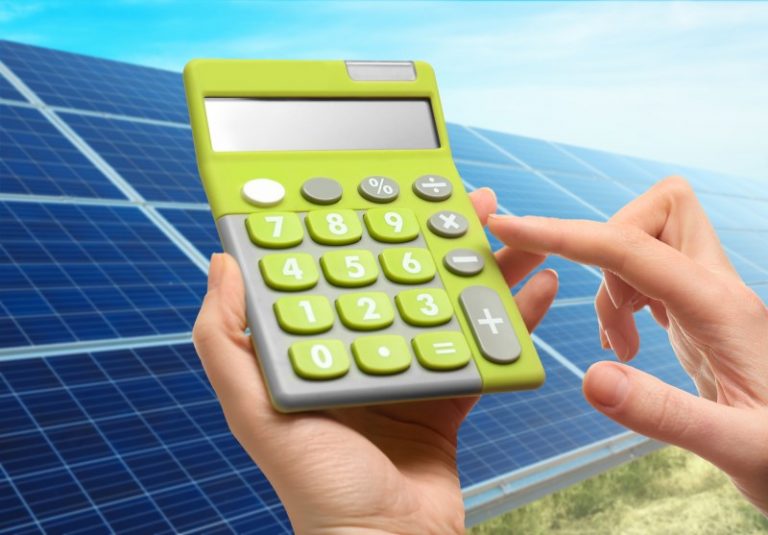When most people consider installing solar panels in Australia, they think of the immediate benefits. Of course, you can automatically slash plenty of dollars from your annual energy expenses with solar, and you can also contribute to improving the environment. But solar energy is also a long-term investment that can deliver benefits even when it’s time to sell your home.
Increased Selling Potential
The simplest answer to whether solar panels will increase the value of your home is ‘yes!’. Buyers know that a home with solar panels represents ongoing electricity savings for the life of the solar system. Basically, those annual energy savings can be put directly into a person’s mortgage, and buyers are aware of this. As such, they’re willing to pay a little extra for a home with a solar system installation.
Solar panels in Australia represent great value for you as a home seller, and for the home buyer. You can legitimately charge a bit more for your home, and the buyer is usually happy to pay because they receive the long-term benefit of reduced energy bills.
The Green Revolution
More and more Australians are joining the green revolution. Whether it’s installing solar panels, campaigning for less reliance on fossil fuels or simply making more eco-friendly choices around the house, Aussies are well and truly on board the green train. This means solar panels are an extremely attractive feature for people when they’re buying a home.
Ultimately, if a home buyer wants solar energy, they have two options. They can buy a house without solar and get it installed themselves – this might cost them $6,000, so they’ll likely want a reduction in the house price. Alternatively, they can buy a home that already has a solar panel installation and pay the full asking price. The latter is probably more appealing and less complicated for most people, so if you don’t have solar, you risk losing buyers or needing to reduce your asking price to satisfy them.
Don’t Get Left Behind The Market
Due to the enormous uptake of residential solar energy in Australia, homes with solar panels are becoming the norm. When you go to put your house on the market, you’re always competing with other similar homes in your area. If homes don’t have certain features, they can quickly be crossed off a buyer’s list, and one of those features is likely to be solar energy in the coming years.
Put yourself in a buyer’s shoes when considering 5 different homes in one suburb. All of those homes have a second bathroom except one. A second bathroom is a common requirement these days, and homes without this feature are left behind or sell at a reduced price. In the future, solar installations will be so widespread that they will become standard, expected features in homes. So, you can install now or risk longer sale times and decreased prices in the future.
Increased Rental Returns
Remember that not all home buyers intend to live in your home. Many are investors and plan to use it as a rental property. It’s a no-brainer that landlords can charge more rent for a house with solar panels because the tenants’ living expenses are already reduced. Depending on the house size and energy usage, many people can slash up to $2,000 off their annual electricity bill by going solar. Rental property owners know this and can effectively charge up to $40 more per week for their property.
As such, a home with solar panels becomes a much more attractive proposition for investors. If you’re selling a home, you can likely generate more interest and higher prices among investors because they know they can profit heavily in the long run.
Need Help With Solar Panel Installation?
If you’d like to increase the future value of your home while also enjoying the benefits of solar energy right now, we’d love to help you out. Solar Bright are the experts you can count on for honest, reliable advice and the best solar products in Australia. Book a free consultation today, and find out how much you can expect to save thanks to solar energy







